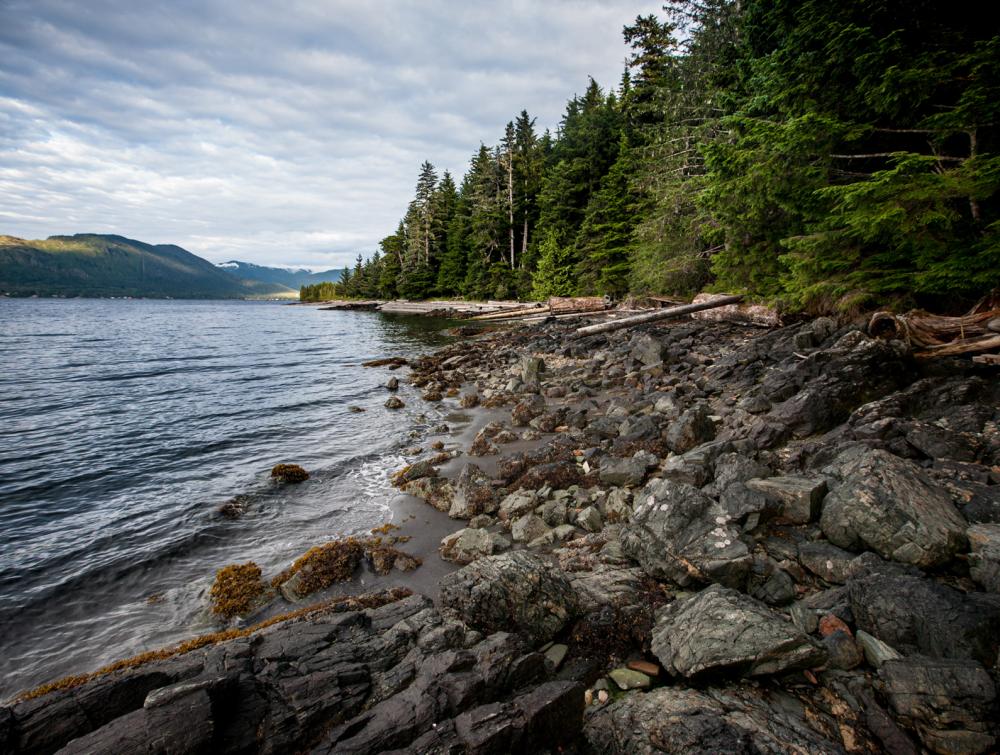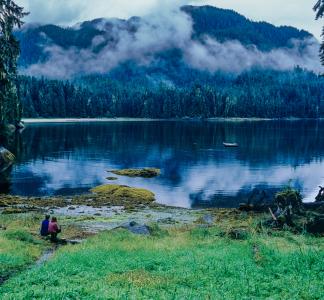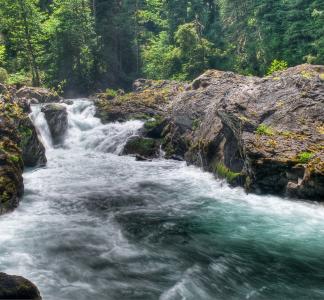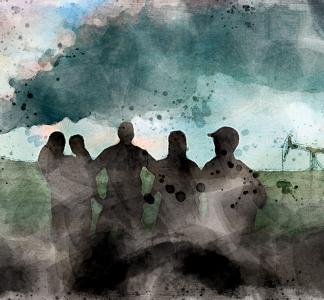Protecting wildlands is key to solving the climate change puzzle

Tongass National Forest, Alaska
Nelson Guda
We need nature-based solutions to successfully tackle the climate crisis
The Biden administration’s Climate Summit on April 22 started with a bang: The president pledged to reduce the country’s greenhouse gas emissions almost in half by 2030. The plan is ambitious but critical as the climate crisis gets progressively worse, with 2020 ranking as one of the hottest years on record. As we aim to reach this goal, a vital part of the strategy is to implement nature-based solutions on public lands.
On the breakout session “Nature-based Solutions,” Secretary of the Interior Deb Haaland emphasized nature’s critical role in absorbing heat-trapping emissions and improving our resilience to climate change. “It will take all of us working together and with nature to address the threats that climate change poses to our world and to build a more sustainable future for generations to come,” she said.
Here are three questions (and answers) about natural climate solutions:
- What are nature-based solutions to climate change?
- How can wildlands help curb the climate crisis?
- What does this have to do with public lands?
For centuries, humans have been burning fossil fuels to power our lives. This process has released an excessive amount of gases into the atmosphere that are heating up the planet. We’re now living with the consequences, including more severe and frequent wildfires, floods, hurricanes and droughts.
There’s no easy way out of this crisis. We need to dramatically reduce climate change emissions coming from cars, trucks, power plants, and other sources. But that’s not enough. To be successful, we must eliminate carbon emissions that are already lingering in the air, not to mention ensure humans and wildlife can adapt to the climate change impacts knocking on our doors. Nature-based solutions, such as protecting and expanding wildlands can help.
Old-growth trees have the power to absorb carbon emissions and store them in roots, barks, branches and the soil. This makes protecting forests like the Tongass National Forest in Alaska our most cost-effective tool for fighting climate change. Cutting these trees down, on the other hand, would exasperate the climate crisis by releasing stored carbon into the atmosphere—the equivalent of one century of cars and trucks on the road.
What’s more, preserving large and interconnected wild areas—from forests to plains lands—can help prevent the worst consequences of climate change. Landscapes like the Crown of the Continent in Montana, which spans over ten million acres, provide a safe refuge for wildlife and people as temperatures rise. In fact, scientists say protecting 30% of the planet by 2030, an idea known as 30x30 by conservationists, would help address two major crises: the extinction crisis that is threatening biodiversity and the climate crisis that is impacting our quality of life and well-being.
Protected public lands like national parks, forests and wildlife refuges as well as Tribal, state or private lands that enjoy permanent protection in line with the 30x30 goals, total about 14% of the U.S. These include areas that protect biodiversity hotspots and landscapes that are important for carbon sequestration, like Georgia’s Okefenokee National Wildlife Refuge.
That’s a good start, but we have to stay vigilant for these areas to remain safe. Let’s not forget that in 2017 President Donald Trump drastically reduced the size of Bears Ears and Grand Staircase-Escalante national monuments by roughly 85 percent to make room for fossil fuels and other types of development. We need to move quickly to meet the massive climate change challenge and that means maintaining, but also expanding protected landscapes to fully tap into the potential of natural solutions.



